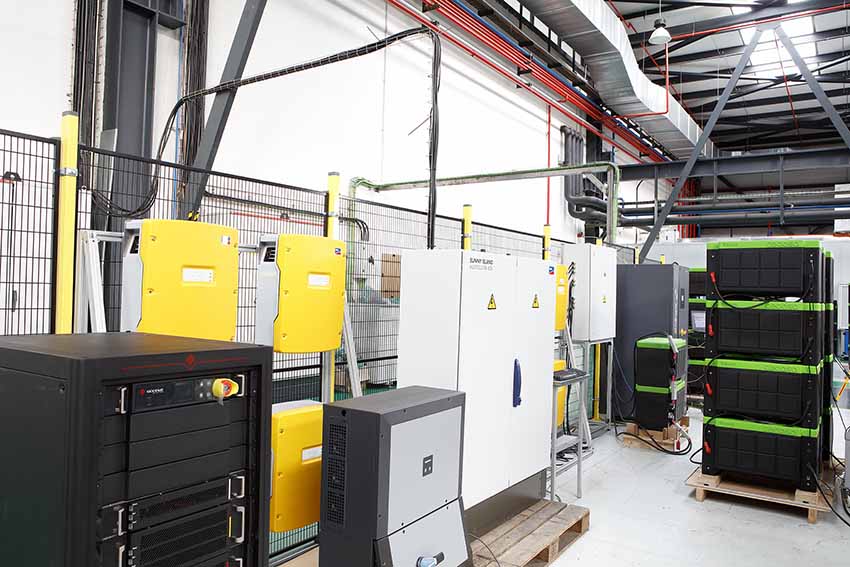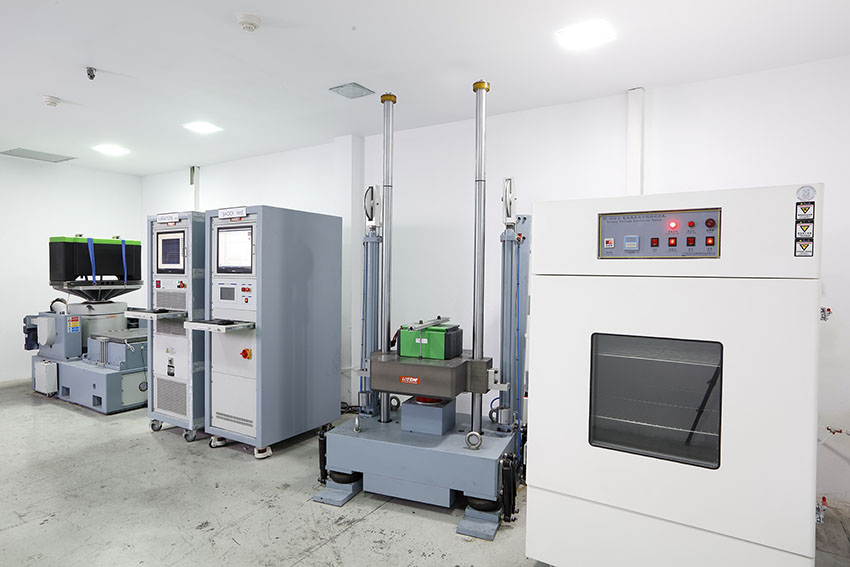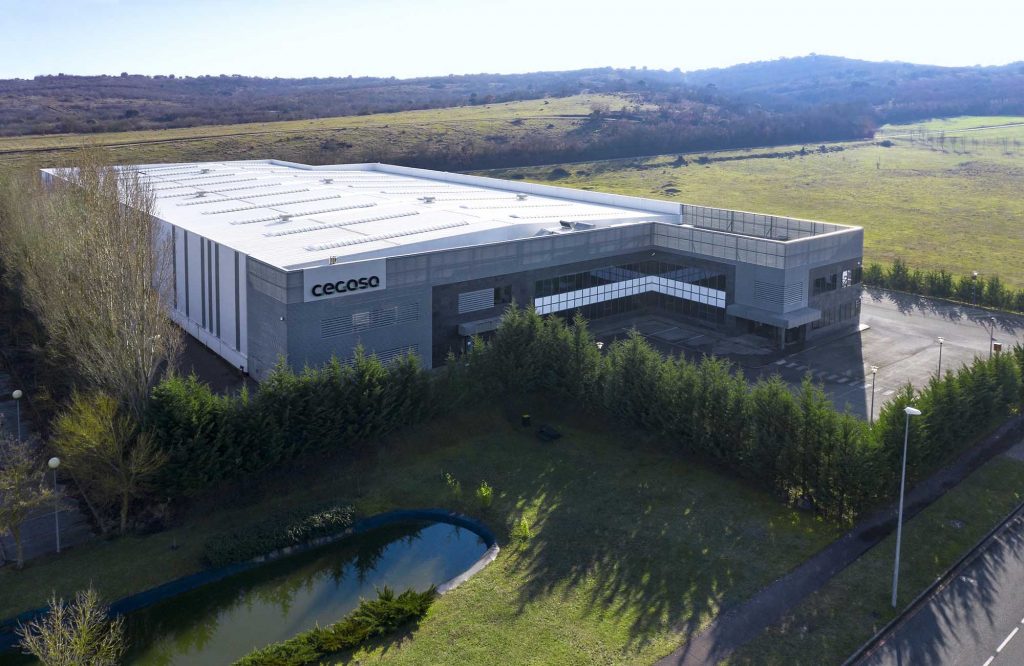Cegasa was founded in 1934 in Spain, and since its origin it has always been a company related to the electrochemical accumulation of energy. In 2000 it decided to invest in research and development of lithium batteries, anticipating the needs of the market and positioning itself as a key player at national and European level in storage for renewable energies.
Interview with Igor Cantero, R&D Director at Cegasa.
Easy Engineering: What are the main areas of activity of the company?
Igor Cantero: Currently, the company specializes in the design and manufacture of batteries and storage systems with lithium-zinc based technology. The company has two business units, on the one hand, the manufacture and development of lithium-ion batteries, the key technology for the exponential growth that is taking place in storage, and on the other, an area focused on Zinc Air technology, the low-cost technology with the highest energy density on the market.
At Cegasa we are committed to R&D&I as a fundamental part of our growth strategy. We have an innovative laboratory made up of four spaces where we carry out everything from testing and prototyping to safety and characterization tests. In relation to this last point, we have specific equipment for the safety approval of lithium-ion based systems, which makes us one of the few facilities in Europe with these features. This differential capacity allows us to offer maximum safety in our products, which are subjected to extreme conditions – both electrical and environmental – to ensure that they comply with the required quality certifications.

E.E: What’s the news about new products?
I.C: I would like to highlight our eBick 280 Lithium-LFP solution for energy storage. This system is perfect for commercial and industrial ongrid and offgrid applications from 15 kWh up to 3 MWh. The design of our batteries is completely modular allowing our customers to customize their projects to the maximum.
Our Lithium-LFP batteries ensure the highest number of cycles on the market. This favors their use during the entire lifetime of our customers’ installations. Another of the differential values is that our solutions do not require any type of care or intervention throughout the life of the product.
Finally, I would like to highlight the value of the service we offer for remote monitoring and analysis of all the battery parameters by our team of engineers. The software developed by Cegasa allows us to visualize in situ parameters such as the state of charge, state of life, current value in the system or the minimum and maximum temperature and voltage values, both at string and module level, among other aspects.
E.E: What are the ranges of products?
I.C: At Cegasa we have a wide range of storage solutions in both the lithium and Zinc Air areas. In relation to lithium, we offer modular power solutions for commercial and industrial scale applications with our eBick 280 Pro range. In addition, we also offer an answer to those installers looking for a pre-installed and self-manageable battery aimed primarily at residential or commercial installations with eBick Ultra 175.
On the other hand, in the Zinc Aire Alkaline area, we offer low consumption industrial batteries aimed at applications that demand low power and continuous energy for very long periods without any type of maintenance and supervision. Back in the 1980s, we were pioneers in the market in introducing this technology, which has enabled us to increase battery life eightfold and with which, today, we are world leaders for industrial uses.

E.E: At what stage is the market where you are currently active?
I.C: According to the International Energy Agency, the global capacity of battery storage projects has increased more than 15-fold in the last five years, from 0.2 GW to 3.1 GW. Technological progress is driving the need to integrate ever greater amounts of wind and solar energy into electricity grids. At Cegasa we produce what are known as behind-the-meter lithium-ion electrochemical storage systems, i.e. small installations located at or near energy consumption centres and behind the point of connection between electricity system operators and consumers, whether residential, commercial and/or industrial. The modularity and flexibility of this type of battery allows the development of all types of applications.
Lithium-ion is becoming a key element for storage. And at Cegasa we are pioneers in Europe in its application to special mobility and stationary solutions. In general, Li-ion batteries have high power and energy densities compared to other battery types. In addition, they have other characteristics such as very good efficiency and a relatively long life cycle.
E.E: What can you tell us about market trends?
I.C: Electricity systems are demanding technologies that allow for greater flexibility, security and quality in the supply of energy at all times. In addition, the sector is immersed in a transition towards a decarbonized and more environmentally responsible energy model. In this sense, energy storage in batteries will play a fundamental role in this journey and in the digitization of electricity grids. According to a recent study by the consultancy firm Pwc, the total capacity of batteries for stationary applications could increase from a current estimate of 11 GWh to between 100 GWh and 167 GWh in 2030. At Cegasa, we are constantly committed to innovation, and our lithium batteries are becoming increasingly intelligent and connected. We are currently developing solutions that provide them with intelligent systems with tools such as digital twins that allow us to optimize their use and predict their useful life.

E.E: What estimations do you have for 2022?
I.C: Lithium batteries are a key technology for advancing the decarbonization of the world’s decarbonization of the world’s electricity system and 2022 will be a key year for boosting their use. Countries are increasingly aware of their importance; proof of this is the Storage Strategy, approved a few months ago by the Spanish government, to address the technical analysis of the different generation alternatives. Its objective is to move from the 8.3 GW currently available to values of around 20 GW in 2030 and 30 GW in 2050 of total storage power available in those years, including a minimum of 400 MW of batteries behind the meter. At Cegasa, we will continue to work this year and in the coming years with the various public and European administrations to move towards this energy transformation.
The company is immersed in a growth strategy that aims to be a leader in Spain and to be among the TOP 5 companies in Europe specializing in the design, manufacture and sale of batteries and storage systems with lithium-based technology by 2027.

